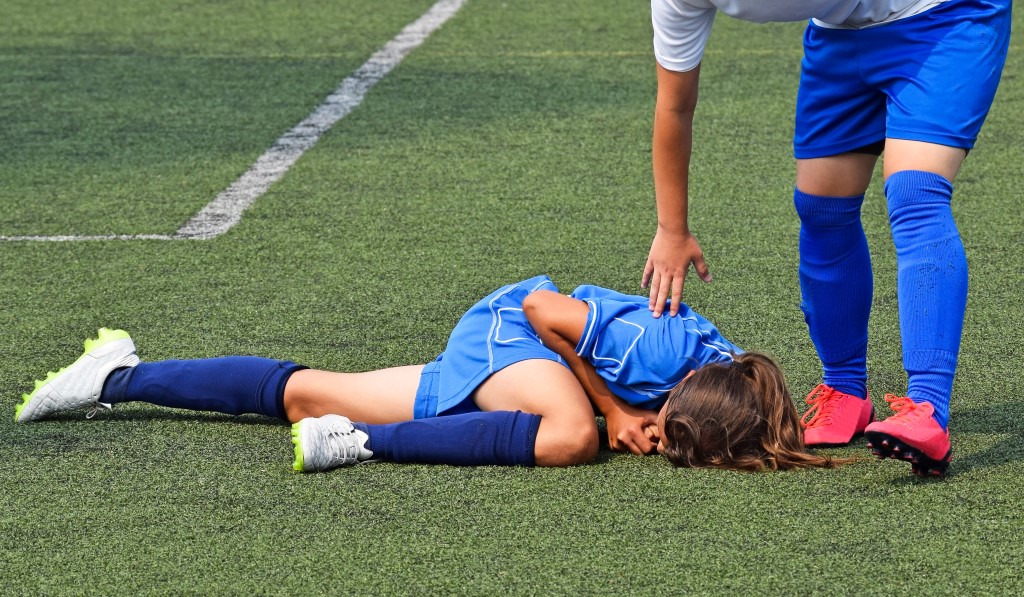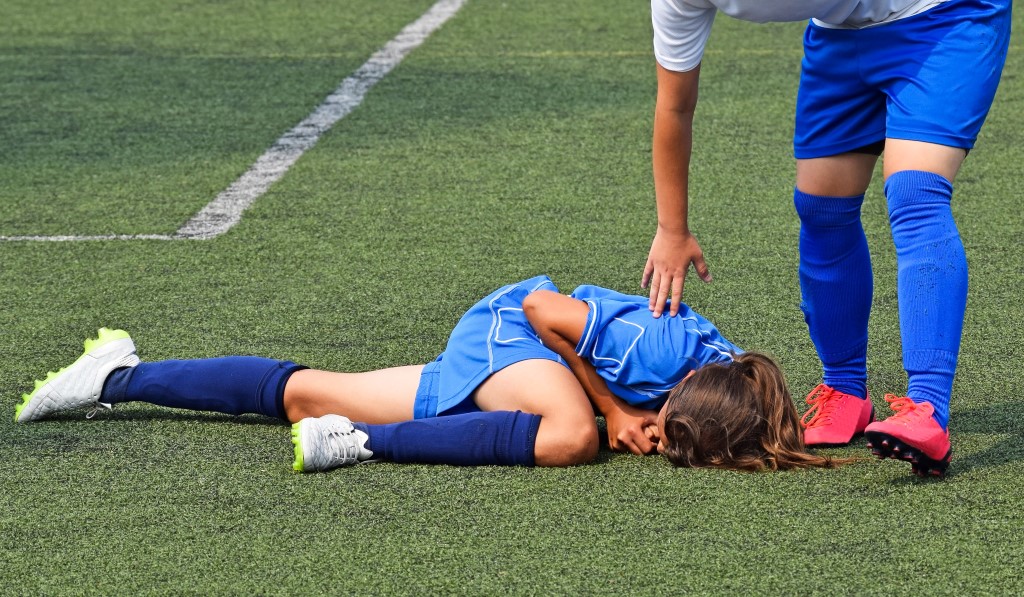
Taking Children's Sports Injuries Seriously
Thursday, March 23, 2017
If your children are participating in sports at school or college, that's a great and positive sign; however, if you are ignoring their complaints about injuries or body pain, this could possibly mean compromising on their health and a potential sports career.
Over recent years, the frequency and intensity of injuries amongst Children who participate in sports have increased exponentially. This has been attributed mostly to the increasing pressure on kids to participate in multiple sports or to even specialize in a single sport at a very early age.
But because children are undergoing a continuous growth of their bones, ligaments, muscles, and tendons, this bodily changes make them more vulnerable to injuries. The areas surrounding growth plates, i.e. where the bone and cartilage growth occurs, the nearby tendons and ligaments are weaker and more sensitive. So what may only be a sprain or bruise in adults could turn out to be a serious growth plate injury in younger athletes.
Remember that it's not necessary for young athletes to go through severe pain to grow and toughen up; a presumption that's still famous with many coaches.
Usually, sport-related injuries in children are of two types:
- Overuse or micro injuries resulting from repetitive trauma to body.
- A one-off event that leads to a serious damage, thus putting a child on the sideline for a very long time.

How does an accurate diagnosis could help young athletes?
Our experienced physiotherapists could help your children with accurate examination of their physical health. Our multidisciplinary clinic opts for a unified approach with easy and minimalistic procedure.
Our suggestions to parents for their children:
- Advice your kids to never participate in sports if they are feeling pain or injury. Kids need to be in a great physical condition to avoid making it to the sports field with undiagnosed injuries.
- It's important to abide by the rules of a game to avoid any conflicts with the opposition. Also, respecting each other during play could mean lesser chances of outside-the-game injuries.
- Learn to use and wear protective gear as it could largely reduce the chances of injuries.
- Tell your kids to learn using the sports equipment correctly. This would allow them to perform better.
- Active stretching and warming up minimize the risk of getting injuries during game.
- Kids should know the difference between exceeding their threshold levels and overtraining. Proper recovery is very essential to keep up with the prevalent fast pace of sports.
- During off-season days, encourage your kids to participate in other sports and athletics that could help them condition their bodies more effectively.
- Have a musculoskeletal pre-season screening for your kids to avoid them from harming their bodies prior to a season.
- Tell your kids that rest is the best form of recovery, and if there is a way to reduce the discomfort resulting from an injury, the intensity of training has to be reduced down.
- Get your child checked up regularly from a physiotherapist, and start taking their mild injuries seriously.
If you think your child needs a check up that will deliver fast and effective results , you can book online today by visiting https://www.alexandriaphysiopilates.com.au/sports-physio-landing2
https://www.alexandriaphysiopilates.com.au/sports-physio-landing2
